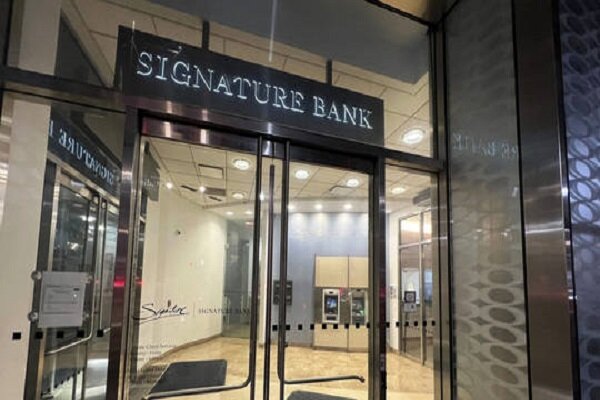The perfect mix of losses, uninsured leverage and an extensive loan portfolio, among other factors, resulted in the fall of Silicon Valley Bank (SVB). Comparing SVB’s situation with other players revealed that nearly 190 banks operating in the United States are potentially at risk of a run.
While SVB’s collapse came as a reminder of the fragility of the traditional financial system, a recent analysis by economists showed that a large number of banks are at risk from uninsured deposit withdrawals. It read, “Even if only half of uninsured depositors decide to withdraw, almost 190 banks are at a potential risk of impairment to insured depositors, with potentially $300 billion of insured deposits at risk.”
Monetary policies penned down by central banks can hurt long-term assets such as government bonds and mortgages, creating losses for banks. The report explains that a bank is considered insolvent if the mark-to-market value of its assets — once uninsured depositors are paid — is insufficient to repay all insured deposits.
The recent rise in interest rates, which brought down the U.S. banking system’s asset market value by $2 trillion, combined with a large share of uninsured deposits at some U.S. banks, threatens banks’ stability.
“Recent declines in bank asset values significantly increased the fragility of the US banking system to uninsured depositors runs,” the study concluded.
As the federal government steps in to protect the depositors of SVB and Signature Bank, President Joe Biden assured no impact on taxpaying citizens.
MNA/PR






















Your Comment